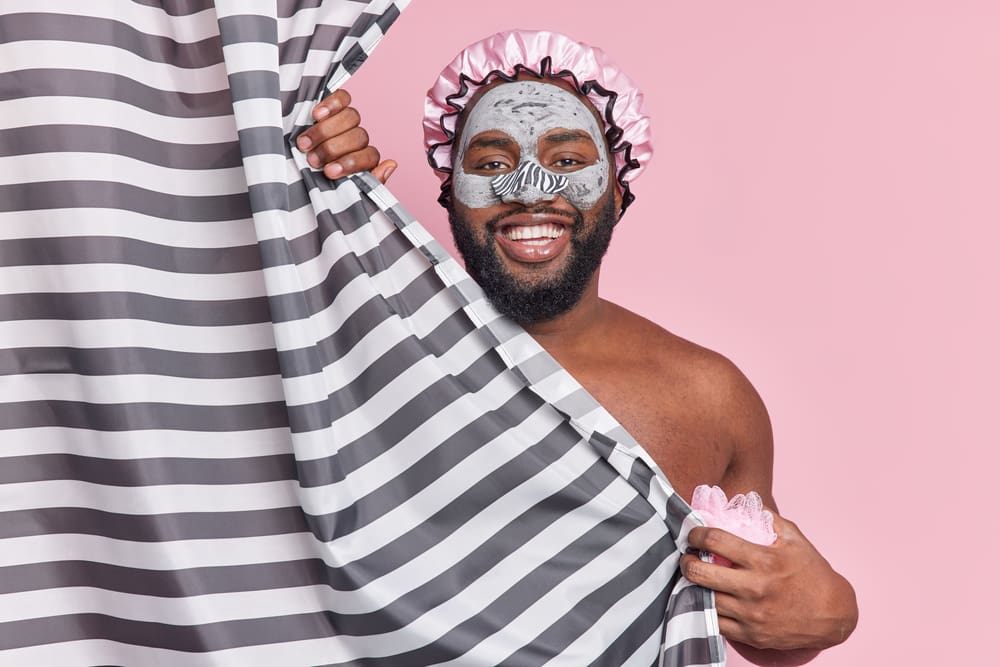Discovering that your husband enjoys cross-dressing can evoke a range of emotions, from confusion and shock to curiosity and concern. This revelation might challenge your perceptions of gender roles and identity, as well as the dynamics of your relationship. However, navigating this situation with compassion, understanding and open communication can strengthen your bond and foster a deeper understanding of each other. In this guide, we’ll explore the steps you can take to approach this situation with sensitivity and support.
Understanding cross-dressing
Cross-dressing refers to the act of wearing clothing typically associated with a different gender. It’s important to recognize that cross-dressing does not necessarily indicate your husband’s sexual orientation, gender identity or any underlying psychological issues. Many individuals who cross-dress find comfort, expression or enjoyment in it, without it reflecting on their sexual preferences or desire to transition to another gender.
Opening the dialogue
Begin with empathy: Initiating a conversation about cross-dressing starts with empathy. Understand that your husband may feel vulnerable sharing this part of himself. Approach the conversation with an open heart and mind, ensuring a safe space for him to express his feelings and experiences.
Express your feelings: While it’s important to listen, you also need to express your own feelings. Be honest about your emotions and concerns, but strive to do so without judgment or condemnation. This honesty will lay a foundation for mutual understanding and respect.
Educating yourself
Learn about cross-dressing: Educating yourself about cross-dressing can alleviate many fears and misconceptions. Understanding that cross-dressing is a form of expression that exists across cultures and history can provide perspective and normalize your husband’s interests.
Seek support: Finding communities or resources for spouses of people who cross-dress can offer valuable insights and support. Hearing from others in similar situations can be comforting and enlightening.
Navigating your relationship dynamics
Discuss boundaries: It’s crucial to discuss and establish boundaries that respect both your comfort levels. This might involve when and where cross-dressing occurs or how much you’re involved in this aspect of his life.
Explore together: If you’re comfortable, exploring this part of your husband’s life together can be a way to strengthen your relationship. This might include shopping for clothes together or understanding his preferences and style.
Maintaining open communication
Keep the conversation going: This isn’t a one-time discussion. Keep the lines of communication open, allowing for ongoing dialogue about feelings, boundaries and how this aspect of his life fits into your relationship.
Consider professional support: Sometimes, navigating these waters can benefit from professional guidance. Couples counseling or therapy with someone experienced in gender issues can provide a neutral space to explore your feelings and how to support each other.
Embracing the journey with your husband
Navigating the complexities of your husband’s cross-dressing is undeniably a journey that demands patience, compassion, and open-hearted dialogue. It’s a path that not only tests the strength of your relationship but also offers a unique opportunity to deepen your bond through shared vulnerability and trust. Discovering this aspect of your husband’s identity may initially come as a surprise, yet it doesn’t have to signal a crisis. Instead, it can be a gateway to exploring new dimensions of understanding, acceptance and emotional intimacy within your partnership.
Approaching this situation with love, empathy and an unwavering commitment to open communication is essential. It enables both of you to navigate this discovery in a way that strengthens rather than strains your connection. The essence of a robust relationship lies in mutual respect, comprehension and the collective resilience to evolve alongside each other amidst life’s myriad surprises and challenges.
By adhering to these principles, you pave the way for a nurturing environment in which both you and your husband can feel thoroughly valued and understood. It’s about more than just accepting a part of his identity; it’s about affirming your commitment to each other, recognizing the beauty in your differences and fostering an even deeper sense of connection. Through empathy and unwavering support, you can embrace this facet of your husband’s life, thereby enriching your relationship with a profound understanding and a closer, more meaningful bond.
This story was created using AI technology.

















